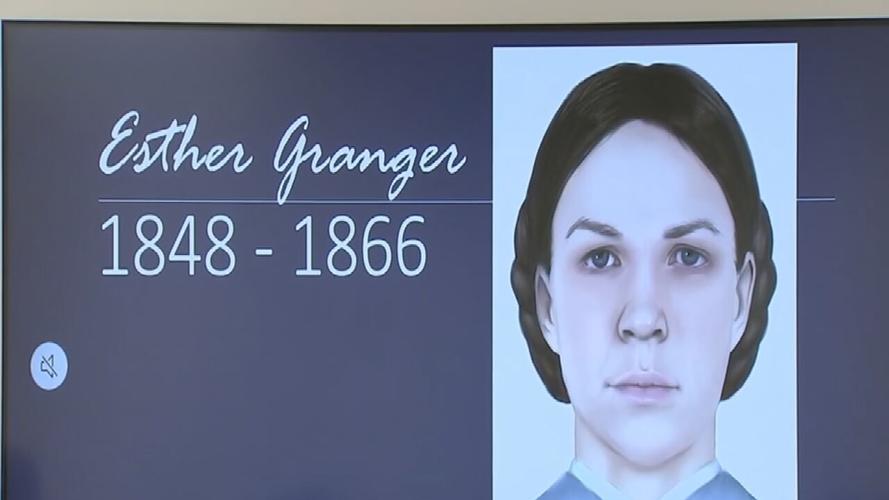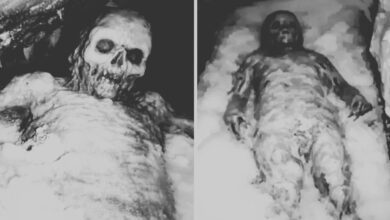Girl found in wall of home IDed as 19th century teenager | LiveNOW from FOX
Here is a more detailed version of Rob Russell’s press conference regarding the skeleton case from 1978:

### Rob Russell’s press conference summary regarding the identification of the skeleton
**Date:** Not specified in the text, but the discovery occurred in 1978 and the most recent information was released in March 2021.
**Speaker:** Rob Russell, Kane County, Illinois, coroner.
**Main content of the press conference:**

1. **Skeleton discovery:**
– **Date of occurrence:** On November 12, 1978, James Skinner, a resident of Batavia, Illinois, while doing repairs on his home, discovered a human skull inside a wall.
– **Initial response:** Skinner reported to the local police. At that time, due to the undeveloped DNA technology, the case was mainly investigated using conventional investigative methods and had no clear results.
2. **Initial examination and analysis:**
– A university professor was called in to identify the skeleton. This person estimated that the skull belonged to a woman in her 20s. However, no further information regarding the victim’s identity was discovered from the missing person records at that time.
– Due to the lack of reliable information to continue the investigation, the case was quickly shelved and became a “cold” case.
3. **New discovery:**
– In March 2021, a group of employees at the Batavia Depot Museum discovered another skull in a box while cleaning up the warehouse. They quickly reported this discovery to the Batavia police.
– The police checked old records and found a report related to the skeleton discovered in 1978.

4. **Reinvestigation:**
– Rob Russell decided to hand the case over to the cold case investigation team, who specialize in solving long-standing unsolved cases.
– They decided to take a DNA sample from the skull and send it to the Aram lab in Texas, which has experience in analyzing DNA in cold cases.
– To perform the DNA testing, they organized a crowdfunding campaign and successfully raised enough funds.
5. **Results of the investigation:**
– After analysis, the team identified the skeleton as Esther Granger, born in 1848 in Indiana. She is believed to have died after giving birth in 1866.
– Esther Granger is believed to have been the victim of a grave robbery, which was quite common at the time.
6. **Burial Process:**
– After the identification, Esther Granger’s family was contacted. They held a formal burial ceremony for her at Batavia Cemetery.
– Rob Russell thanked all the individuals and organizations involved in the investigation, from the police to the museum staff and the community.
7. **Expert Statement:**
– Michael Bogan from Aram Labs spoke about the process and technology used to identify the victim.
– He emphasized that this case is a prime example of the cooperation between different agencies and the advancement of modern technology in solving cold cases.
—
### Conclusion
The press conference not only announced the identification of the victims but also reflected the determination of the authorities and the community to solve unsolved cases and use modern technology to bring justice to the deceased.








